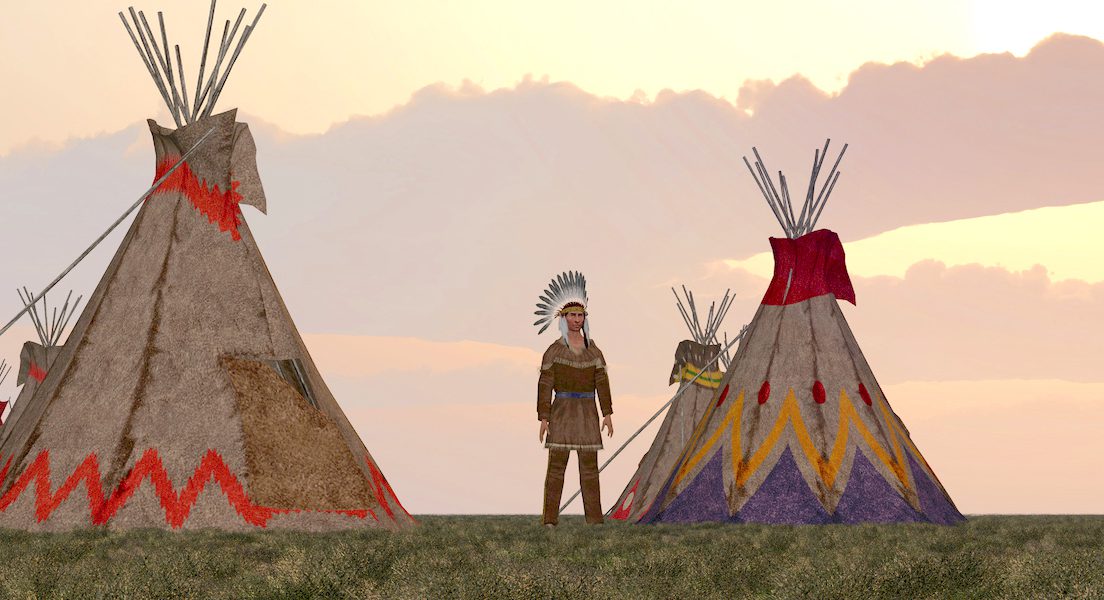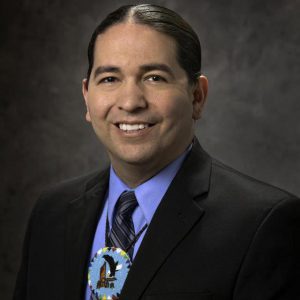As we celebrate Native American Heritage, it’s a good time to recognize the strong and vibrant American Indian and Alaska Native Nations across North America and their contributions to our nation.
But it can also serve as a time to note that cancer is a leading cause of death among American Indian and Alaska Native people, groups that have not seen the same progress in cancer control as other races. American Indian and Alaska Native cancer rates are often significantly greater than the rates of Non- Hispanic Whites: lung cancer is up to 88% greater, cervical cancer 97% greater, colorectal cancer 144% greater and liver cancer up to 254% greater. Overall lung cancer is the most common cause of cancer death among American Indians and Alaska Natives.
The 50th Anniversary Surgeon General’s Report on Smoking and Health, released early this year, linked smoking commercial tobacco with numerous illnesses and disease, including cancer, stroke, COPD, SIDS, asthma, reduced fertility, diabetes, and many more. This report highlighted 50 years of progress. However, American Indians and Alaska Natives have not benefited from the same progress over the past 50 years as Non-Hispanic Whites. National survey data shows that American Indians and Alaska Natives have the highest rates of smoking of any major U.S. racial or ethnic group. Overall, 38.5% of American Indians and Alaska Natives smoke commercial tobacco – almost double the national average of 18.1% for all races. However, American Indian and Alaska Native use of commercial tobacco also varies by region and tribe, with tribe-specific smoking rates documented as high as 71.5%, initiation before age 8, and regular smoking in the teen and tween years. With the introduction of electronic cigarettes and other devices, we have even more work to do.
In many tribes and tribal communities, tobacco is a traditional medicine and can be distinguished from commercial tobacco. Traditional tobacco may include Nicotania or a mixture of different plants. The role of traditional tobacco can support and help individuals with cessation and healing. The uniqueness for messaging comes from the National Native Network’s tagline of “Keep It Sacred,” which embodies the respect and appreciation for the traditional use of tobacco amongst American Indians. We have seen that, outside of Alaskan Natives, that most tribes have traditional teachings regarding the daily and ceremonious use for tobacco. Examples of daily use include placing tobacco upon the ground when greeting each new day, when tribal fisherman go out on the water and ask for safety and when hunters have a successful harvest that the tobacco offering acknowledges the taking of an animal’s life. Within our ceremonies, traditional use of tobacco plays a significant role from use with prayers to being respectful for protocol.
In addition to tobacco and cancer related issues, substance abuse, mental health disorders, and behavior-related chronic diseases are prevalent across Indian Country, with profound impacts on tribal community health and wellbeing. The National Native Network seeks to connect tribal communities with resources, opportunities and technical assistance to reduce the health disparities that they face.
Traditional teachings for behavioral wellness can come from the Medicine Wheel teachings. Within the Medicine Wheel there are four quadrants that are typically identified by direction (east, south, west and north) and by colors. With the Midwest tribes, those four colors are yellow, red, black and white, which we are taught are associated with the four races of humankind. Within each direction there is a component of oneself: physical, mental, emotional and spiritual. Each of the directions provides teachings and life lessons to individuals as they age. We are also taught that the northern direction represents spirituality, and that this is where our elders are at, as the whitening of hair represents wisdom and knowledge they have learned throughout their life walk. As we walk through the four stages of life, we seek different meanings and offerings for “balance.” When one part of our self is neglected or hurting, then this brings unbalance and problematic behaviors. In our overall society today, it is easy to identify when behaviors reflect that of a person not nurturing the necessary growth in one of the four areas of self. Also, presenting problematic behaviors may be generational in context and require the understanding for historical trauma to succeed in identification and treatment.
The National Native Network, 1 of 8 CDC National Networks, maintains its commitment to protecting tribal sovereignty, preserving the roles of traditional tobacco and other traditional medicines and ways of living, and decreasing cancer related health disparities among American Indian and Alaska Native communities through the promotion of policies, systems and environmental approaches to increase healthy lifestyles and access to quality health care along the entire cancer continuum. For more information about the National Native Network, visit here.
The National Behavioral Health Network for Tobacco & Cancer Control has teamed up with our CDC National Network Sibling, the National Native Network to highlight culturally relevant resources and tools that address mental health and tobacco and other drug use among Native American/Alaska Native populations. Learn more.
About the Author:
Derek Bailey, MSW, retired in May 2012 as Tribal Chairman of the Grand Traverse Band of Ottawa and Chippewa Indians. Bailey was elected to his Tribe’s Council in 2004 and in 2008 was elected Chairman. He holds a Bachelor of Science degree and a master of social work from Grand Valley State University and has served on several area boards and in a variety of capacities in his Tribal Nation, throughout the greater Northwest Michigan area, and also throughout the United States. His service as Tribal Chairman has taken him to Lansing and Washington, D.C. where he has gained a solid reputation for fairness, hard work and leadership. Prior to being on the Tribal Council, Derek worked with Behavioral Health programs and services, earning experience as a prevention worker, a mental health/substance abuse counselor and in upper administration and management.

